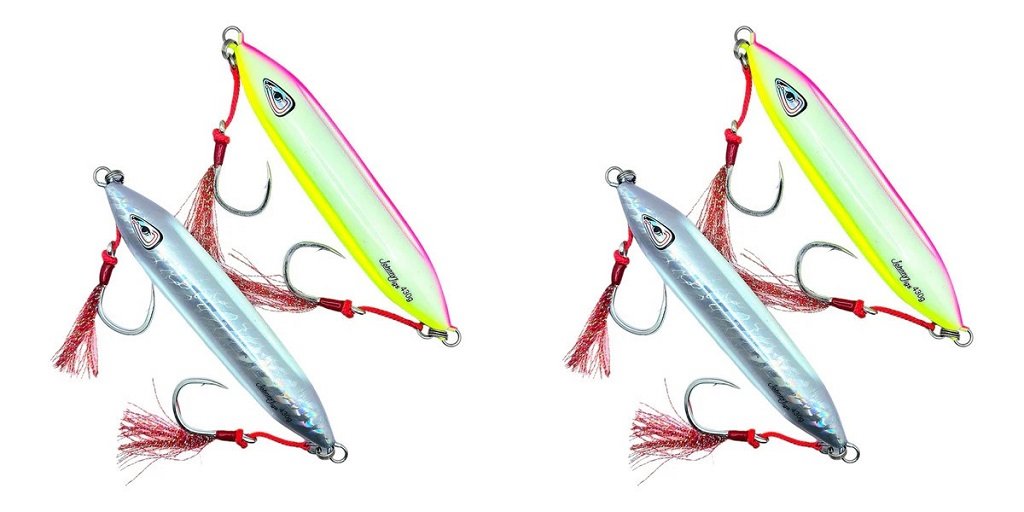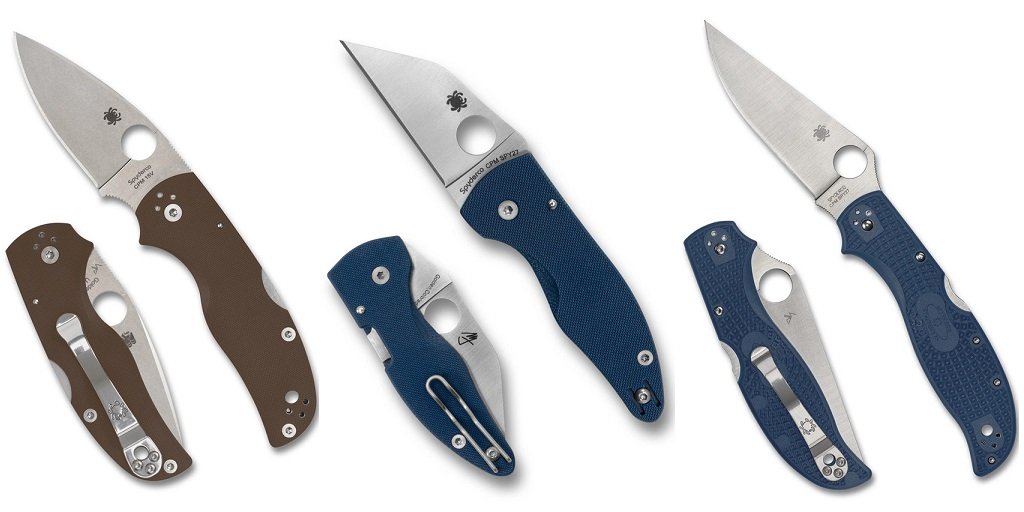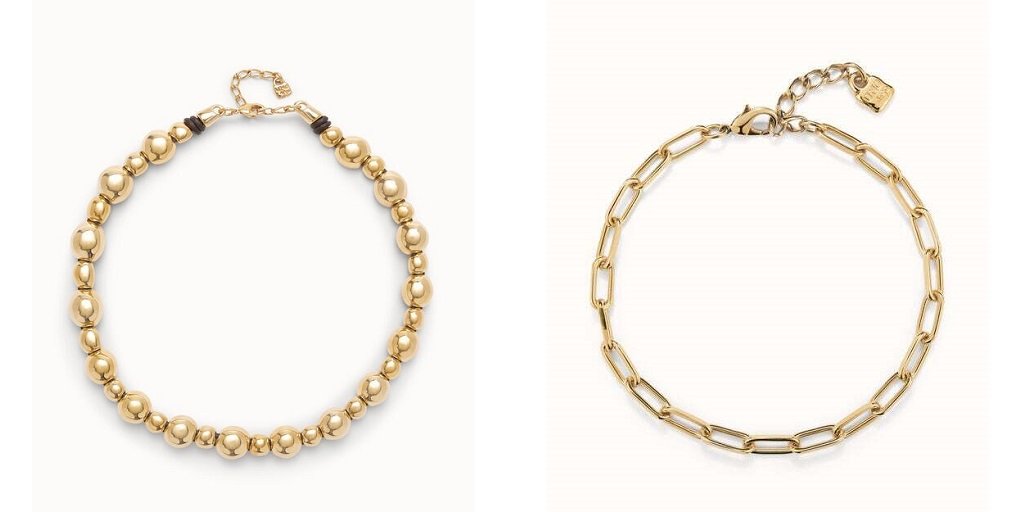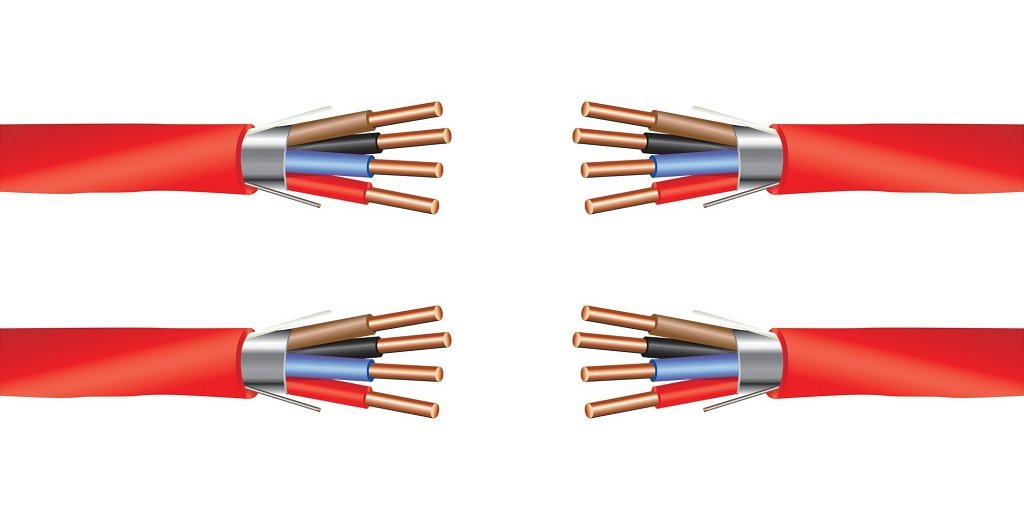Black sea bass are among the Northeast’s most popular summer gamefish, but despite this, slow pitch jigging was practically unheard of in the Northeast till just a few years ago.
Even though it’s new on the scene, those who have combined slow pitch tactics with their pursuit of black sea bass have been largely met with success. This short guide should help get you started on the right foot.
The Setup
Black sea bass may be strong and pull hard, but even so, they rarely get beyond 24”. You won’t need a very heavy rod or a reel with a ton of capacity to tame these fish. Light and medium setups will suffice.
As for jig selection, that’s a little more nebulous. Ideally, you want to pattern your jig on the forage the sea bass in your area are eating. For these fish, a wider jig with a slower drop and a more erratic flutter will prove more effective, most of the time.
Also, you’ll need a jig that will allow you to maintain a vertical presentation, which will be determined by line weight, jig weight, current and wind. A general rule of thumb is 1 gram of slow pitch jig weight per 1 foot of water, but for more detailed information on jig selection, visit Johnny Jigs (where you can also get your slow pitch jigs themselves).
As for jig color, pretty much any color will work; if you want to keep it natural, opt for silver or gold jigs. Some anglers also comment that bright colors, like pink and chartreuse, or even “glow” colors can be effective on black sea bass.
Find the Fish
By late summer, black sea bass have finished spawning and will have retreated from the shell beds and sand flats to deeper water with lots of structure.
Submerged rocks, wrecks, and reefs are all excellent places to find big summer black sea bass. These are the areas you will want to target at this time of year. Find the structure and you will find the fish.
The Technique
Once you’ve located suitable offshore structure that you think will hold black sea bass, it’s time to drop. Let your jig flutter to the bottom, or, if you can control the depth, only let it down so much that it is hovering just about the reef or wreck you want to target.
Then, lift the rod tip rhythmically before letting the jig flutter gracefully back down several feet. It’s this slow cadence of the drop that gets most predatory fish to bite and black sea bass are no exception; in fact they are suckers for it.
Don’t work too fast or too aggressively. Speed jigging can be highly effective on black sea bass, but that’s not what you’re going for here. With slow pitch jigging, it’s all about the flutter and slow drop of the presentation, which is much more metered than speed jigging.
And in fact, that is in part what makes it so popular. When fish are too skittish or cautious to be enticed by a speed jig presentation, the slow pitch often makes them bite. So get out there, find a wreck, and give slow pitch jigging for black sea bass this summer.
For more information about Jig And Reel and Daiwa Saltiga Please visit: Johnny Jigs.











Leave a Reply